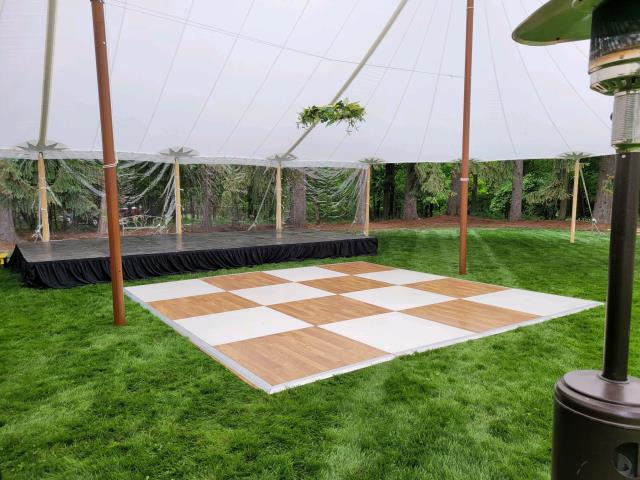Enhancing Ingenuity With Color Principles in Light Emitting Diode Movement Surface Creations
Enhancing Ingenuity With Color Principles in Light Emitting Diode Movement Surface Creations
Blog Article
Hue theory represents a crucial aspect of design, especially when it relates to creating LED dancing floors. The interplay of colors can significantly influence the atmosphere and energy of a venue. Through understanding how hues work together, designers can create an environment that enhances the overall experience for participants. This piece explores the basics of color theory and its application in light-emitting diode dance surface designs.
The primary hues are crimson, blue, and golden. These hues cannot be be made by mixing other hues combined. Secondary hues, such as emerald, tangerine, and violet, are created by mixing primary hues. Third-level hues are created by combining a main hue with a intermediate hue. Grasping these fundamental relationships helps designers choose colors that enhance one another and create a aesthetically pleasing show. Mixing these hues on an LED dance floor can result to vibrant and exciting effects that capture the attention of dancers.
Hue value also plays a crucial role in aesthetics. Hues can be classified as hot or chill. Hot hues, such as red, orange, and yellow, often to evoke feelings of excitement and warmth. In opposition, cool colors like azure, emerald, and purple often create a serene and tranquil atmosphere. Designers can use these hue temperatures to set the ambiance for different types of events. For example, a celebration atmosphere may gain from warm colors that invigorate the modern dance floor rental options audience, while a more relaxed occasion might employ cool colors to provide a soothing effect.
In addition to color combinations and temperature, brightness and intensity are essential elements to consider. Luminosity denotes to how bright or dark a color appears, while intensity indicates the vividness of a color. Vivid, intense colors can generate a lively and energetic atmosphere, ideal for dance surfaces. On the contrary hand, softer, less intense hues can create a further muted environment. Through adjusting brightness and intensity, creators can draw attention to specific areas of the dancing floor or create sight routes, guiding participants through the venue.
Ultimately, it is crucial to consider the emotional effects of color in LED Visit This Link dancing surface layouts. Different hues can elicit various emotions and responses. For instance, crimson is often linked with zeal and energy, while blue can be calming and peaceful. Grasping these connections enables designers to tactically use colors to affect the actions of dancers. By integrating hue principles into light-emitting diode dance surface designs, creators can enhance the total encounter, rendering it memorable and enjoyable for all involved.